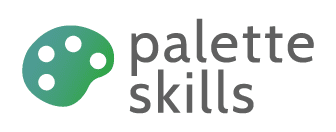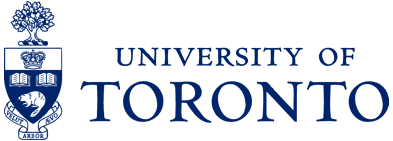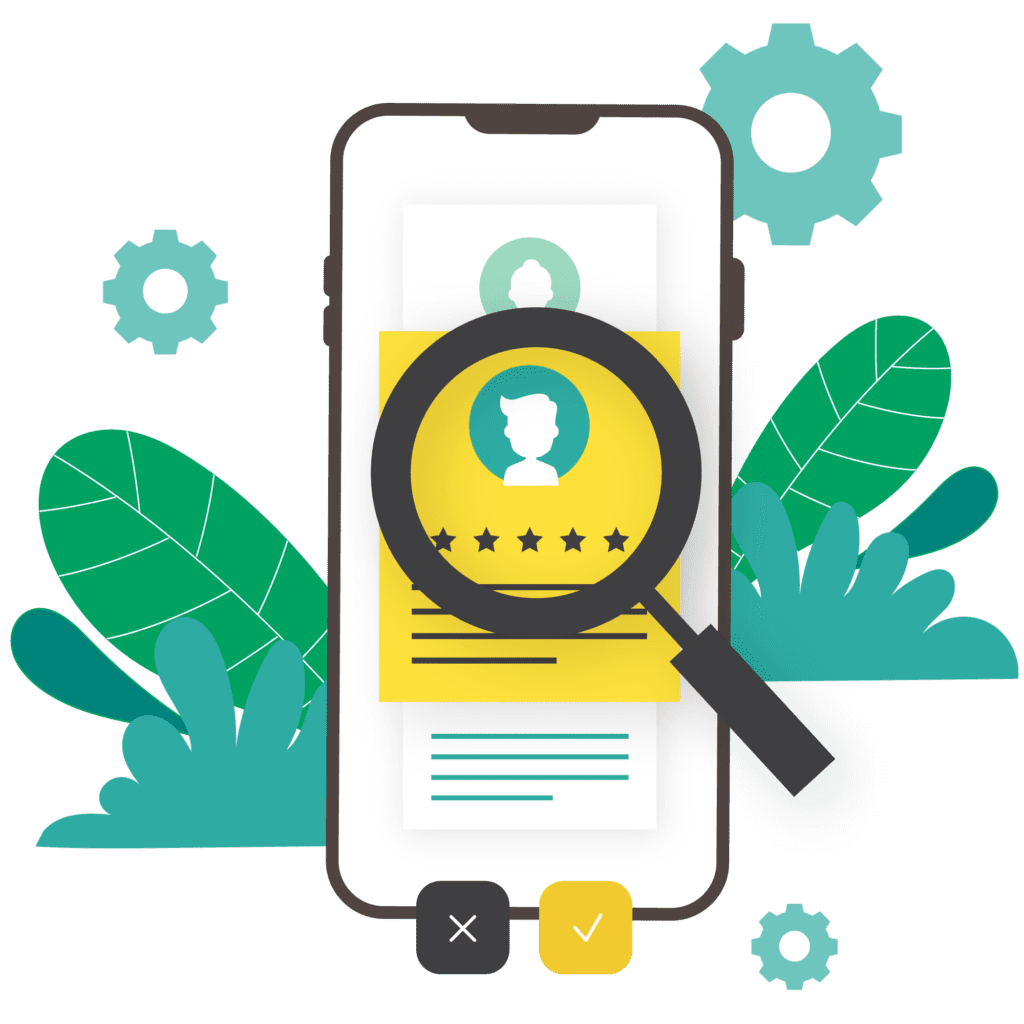One of the most promising developments in Canadian workplace culture over the last several years has been a growing commitment to building equity, diversity, and inclusion (EDI). What began as a simple aspiration to make workplaces more reflective and responsive has grown into a sophisticated set of tools and practices that are not only helping make businesses more diverse, but more productive as well. So, what exactly is EDI, and how can your organization take advantage of this approach when it comes to recruitment, hiring, and training?
At a basic level, EDI practices in the workplace aim to include all people regardless of race, religion, sexual orientation, age and ability. The idea is that everyone should be included in the workplace, and everyone should be able to thrive in their professional lives. Palette Skills is one organization that strives to build an inclusive, globally competitive Canada by building skills to future-proof Canadian business and workers.
However, even though Canada is known for having the most diverse and educated workforce in the world, many groups still find themselves on the outside looking in. And before you think it’s simply a social justice issue, remember that Canadian companies are struggling to find talent with the right skills and aptitudes. Now, more than ever, the Canadian economy cannot afford to overlook talent, no matter what it looks like, and no matter where it comes from. In particular, Indigenous people, women with young children, new graduates, Black and racialized Canadians, persons with disabilities still face barriers to finding meaningful and well-paid work. Ageism is also prevalent in Canadian workplace hiring practices.
The critical challenge for business, and for society, is to make sure that talent acquisition teams are seeing everyone equally. If they don’t have the right tools, employers and businesses can miss out on hiring outstanding talent. And that means that our economy misses out on potential growth and productivity. So where do we begin? Let’s start with some key questions that can help guide your talent acquisition team.
1. What is my role as a Talent Acquisition Manager when it comes to hiring an inclusive workforce?
Your role is crucial. After all, inclusivity in the workplace begins when we start to think intentionally about hiring practices. Getting serious about diversity means thinking carefully about the kinds of processes and procedures that your acquisition team has available. Get up to speed with EDI hiring practices in our country’s leading and innovative companies and organizations. Talent acquisition means being intentional in your hiring practices, so take the time to really understand what inclusive hiring and training looks like to you, and to your team.
2. What is diversity and inclusive hiring anyways?
Diversity in the workforce means that everyone is not the same. The goal is to ensure that your talent doesn’t all look alike. Ultimately, your team should be looking carefully at candidates of diverse ages, genders, races, religions, and perspectives. Sounds easy, right? It’s only one part of the puzzle.
The reality is that inclusive hiring means hiring and training people using specific approaches so that both the employer and the employee benefit. All employees should feel as though they can fully participate in the workplace, and have equal access to job and training opportunities. Having a diverse workforce is the first step. Having an inclusive team means providing resources and opportunities for everyone on your team, so that everyone can thrive. We need to make sure we are not conflating inclusion with diversity.
3. Is your job posting inclusive?
Make sure you check your organization’s job postings to ensure the language is inclusive. Have other team members look at the posting as well. Writing inclusively is harder than it sounds, because more often than not, acquisition teams lack the training to understand and address unconscious bias. These biases can creep into everything we do, even when we think we are doing the right thing. The Government of Canada defines unconscious bias as thoughts and feelings that occur outside of our awareness. They are learned stereotypes that are unintentional and deeply engrained. Unconscious biases can influence behaviours.
MIT Human Resources recommends using gender neutral words such as chairperson, and to steer clear of masculine-sounding words and female-sounding words. There are free online tools you can use to identify alternatives to gendered words.
4. Is it just you hiring, or do you have a team?
While hiring takes a lot of time and resources, if you have a diverse hiring team you are more likely to practice inclusive hiring behaviours. When one person is writing and posting jobs, writing interview questions, interviewing people, and assessing the interviews, unconscious and conscious biases can and do affect their decision-making. If you have other people working with you, they will be there to question comments and decisions.
5. Who is on your hiring team?
Look at who is on your hiring team. Is there a mix of genders? What about people from different cultural and linguistic backgrounds? Different socio-economic classes? What about different ages? Remember, having diverse hiring teams will increase awareness of non-inclusive language and biases in the wording of job advertisements, the location of job advertisements, interview questions, as well as the interview itself.
6. What about your interview questions?
If you do not ask everyone the same set of questions, you won’t be giving everyone a fair chance. Standardizing questions—and asking everyone the same questions—helps reduce conscious and unconscious biases.
7. How are you assessing potential candidates?
Take the time to think about how your team is assessing candidates. Many times, hiring managers can—consciously or unconsciously—judge a potential employee based on their personality. But is this a fair way to evaluate a person’s talents? More importantly, if acquisition teams make decisions about candidates using such unclear criteria, it opens up the possibility of bias. Instead of assessing a candidate’s skills, some organizations make judgements about whether a person will be a good “cultural fit.” More often than not, the decision about whether a person is a good fit is an example of what is called a “confirmation bias.” That’s because when we use this kind of criteria, what we’re really doing is evaluating a candidate on the basis of whether they are more or less like us.
8. Once you’ve hired a diverse candidate, is your work over?
Okay, you have thought about and implemented some great inclusive hiring practices, and now you have a diverse team. What next?
Hiring diverse candidates is only the first step. Once you have hired a great candidate for the job, you need to make sure that you provide all employees equal opportunities to grow and learn within the company. How can you do this?
Start by conducting frequent audits of your organization’s’ workplace practices. Look specifically at how to create fair and inclusive onboarding processes. Take the next step by initiating ongoing inclusivity assessments through surveys, interviews, and even focus groups. Ask your employees if they feel included, and find out why or why not. Finally, think about forming an EDI team with diverse team members in your organization.
Integrating inclusivity in your workforce is increasingly important—and instrumental. A workforce that is diverse and inclusive is more likely to lead to more innovation, growth, and productive employees.
– Written by Erica Amery from Intercultural Collaborations







